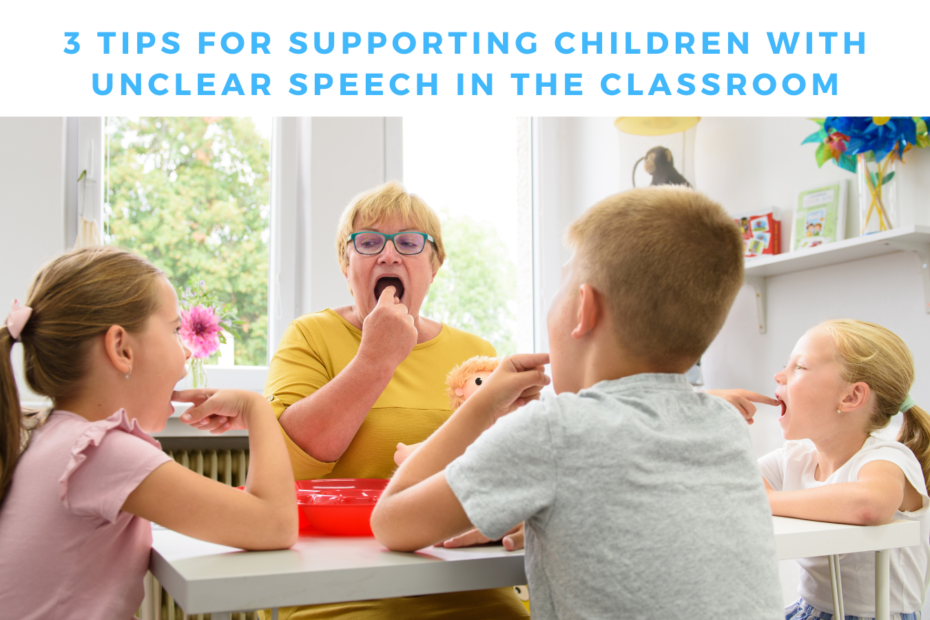When you are in a busy environment, whether it’s a classroom, at home or out and about, it can be hard to communicate effectively and achieve positive social relationships if speech is unclear.
This was Jane’s reality.
Jane is 6 years old and has unclear speech. Her teacher (Miss Phillips) reached out for a chat as she noticed Jane struggling to maintain connection with others and it was starting to affect her confidence.
We know that communication is key in our relationships with others, so we came up with 3 ways that would help, without having to place all the pressure on Jane and her speech progress in one to one practice.
Tip 1 - Develop a Positive and Supportive Environment
Miss Phillips started by reminding everyone – adults and children – that they could all help each other in different ways. For Jane, this meant that they could all make an effort to listen patiently, giving her more time to speak, and making sure they paid attention to different ways she might be communicating – not just speech.
They thought about background noise within the environment and whether or not they were facing each other when talking. Miss Phillips modelled this in her own interactions with the children in her class, which benefited not just Jane but all the children, as the overall pace within class became slower and calmer.
Tip 2 – Support Speech Visually
This next tip was a good reminder for Miss Phillips that we can make sure we support speech in different sensory ways. As well as getting face to face, she thought about the value of lip reading, as we can often see what someone is saying when it gets a bit noisy.
As a class, they learned some hand and finger cues from Cued Articulation as an extra visual clue for specific speech sounds. There were also opportunities to add gesture, sign and pictures to their everyday routines. With a wide range of different visual aids to support communication, the whole class enjoyed the challenge of creating and using them within their interactions to make a difference.
Tip 3 - Encourage Peer Working
The final tip came from Miss Phillips. She had noticed that it was the other children who were key to the ongoing support within the classroom. Creating more opportunities for peer activities and peer discussions recognised how important having positive friendships was to Jane and her overall wellbeing.
Speaking one to one with an active listening partner meant that Jane’s speech was much easier to understand. Other children noticed this too and they found it easier to practise being better communication partners in peer or small group situations.
So while at first it had seemed a problem for Jane and her therapy sessions to solve, Miss Phillips and Jane’s peers realised there was a lot they could do themselves to support Jane and overcome many barriers created by unclear speech within the classroom.
The outcome was a confident group of people with new improved skills, that not only helped clearer communication but also supported wider academic and social skills too!
For more tips and support on your speech and language journey, join our brand new membership! Click here to get started…
